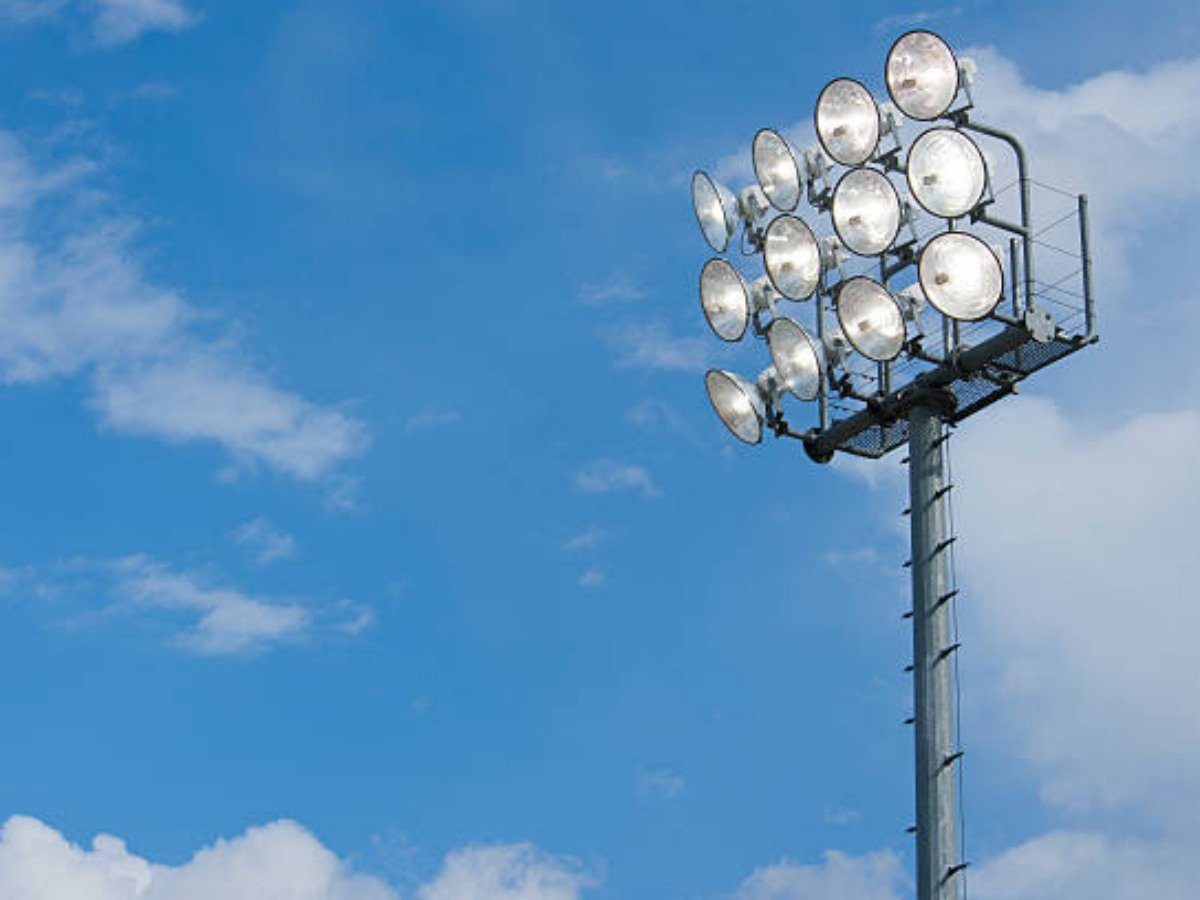how to use a wire connector: A Comprehensive Guide
Understanding the Basics of Wire Connectors
Wire connectors are essential tools for joining and securing electrical wires. They ensure a safe and reliable connection, preventing accidents and electrical hazards. Whether you are a DIY enthusiast or a professional electrician, understanding how to use wire connectors correctly is crucial. In this article, we will explore the different types of wire connectors and provide step-by-step instructions on how to use them effectively.
Step 1: Gather the Necessary Tools and Materials
Before you begin using wire connectors, it is important to have all the necessary tools and materials at hand. Here's a list of what you'll need:
- Wire connectors of the appropriate type (such as twist-on wire connectors or crimp connectors)
- Electrical wires that need to be connected
- Wire strippers
- Wire cutters
- Electrical tape
Step 2: Prepare the Wires
Before using a wire connector, you need to prepare the wires for connection. Follow these steps:
- Cut the wires to the desired length using wire cutters.
- Strip off the outer insulation of the wires using wire strippers, exposing the bare copper conductors.
- Twist the individual strands of each wire to ensure they are tightly bound together.
Step 3: Choose the Right Wire Connector
Choosing the right wire connector is crucial for a secure and reliable electrical connection. Different types of wire connectors are suitable for different applications. Here are some common types:
- Twist-On Wire Connectors: These are the most common type and are used for joining two or more wires together. They are easy to use and provide a secure connection.
- Crimp Connectors: Crimp connectors are used to connect wires to terminals or other connectors. They require a crimping tool to compress the connector onto the wire.
- Push-In Connectors: These connectors allow for quick and easy connections without the need for twisting or crimping. They are commonly used in residential electrical installations.
Step 4: Insert the Wires into the Connector
Now that you have chosen the appropriate wire connector, it's time to insert the prepared wires. Follow these steps:
- Hold the wire connector in one hand.
- Insert the stripped end of each wire into the connector, ensuring that all the bare copper conductors are fully inserted.
- If using a twist-on wire connector, twist the connector clockwise until it is securely fastened. If using a crimp connector, use a crimping tool to compress the connector onto the wire.
- Give the wires a gentle tug to ensure they are firmly secured within the connector.
Step 5: Insulate the Connection
After making the wire connection, it is essential to insulate it properly to prevent any exposed wires or short circuits. Follow these steps:
- Wrap the connection with electrical tape, ensuring that all exposed conductors are covered.
- Tightly wrap the tape around the wires, extending a few inches on both sides of the connection.
- Smooth out any wrinkles or creases in the tape to ensure a secure and professional finish.
Step 6: Test the Connection
Once you have completed the wire connection and insulation, it is important to test its integrity. Follow these steps:
- Turn off the power supply to the circuit you have worked on.
- Use a voltage tester to check for any live wires or electrical current.
- If the voltage tester indicates no live wires, you can safely proceed.
- Turn on the power supply and test the connected wires or devices to ensure they are functioning properly.
Step 7: Repeat for Multiple Connections
If you have multiple wire connections to make, repeat the above steps for each individual connection. Take your time and ensure that each connection is secure and properly insulated.
Step 8: Seek Professional Help if Needed
If you are unsure about any aspect of using wire connectors or if the electrical work is complex, it is always best to seek professional help. Electricians have the knowledge and experience to handle intricate wiring tasks safely and efficiently.
Step 9: Practice Safety Precautions
Working with electricity can be dangerous, so it is essential to practice safety precautions while using wire connectors. Here are some important safety tips:
- Always turn off the power supply before working on any electrical connections.
- Wear insulated gloves and safety glasses to protect yourself from electrical shocks or sparks.
- Avoid working in wet or damp conditions.
- Keep flammable materials away from the work area.
Step 10: Conclusion
Using wire connectors correctly is vital for creating safe and reliable electrical connections. By following the steps outlined in this guide and practicing safety precautions, you can effectively use wire connectors to join wires and ensure the integrity of your electrical systems. Remember, if you are unsure or uncomfortable working with electrical connections, it is always best to consult a professional electrician.

